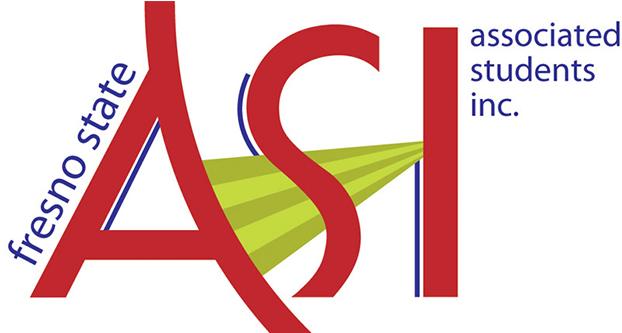Fresno State President Dr. Joseph Castro stopped by the Associated Students, Inc. meeting Wednesday to outline the university’s strategic plan for the next five years.
Castro said the plan focuses on what is most important to students with a mission to “boldly educate and empower students for success.”
The four priorities in the plan are: innovation inside and outside the classroom; supporting faculty and staff; enhancing physical and technological infrastructure; and partnerships with businesses or agencies that are committed to student success, Castro said.
The teams in charge of each of the priorities will track the progress in their areas, and Castro said he will report the progress back to the campus community at least once a semester.
“The most important thing is that every single dollar that we invest in the next five years ”” in my view ”” needs to be connected to those four priorities and to the overall strategy around student success,” Castro said.
A plan was put in place for the fall semester to add more courses and hire 60 to 70 new tenure-track professors, Castro said.
“I’d love to see us get closer to our students graduating in four years and five years as opposed to our six-year, 58 percent rate,” Castro said.
Debbie Adishian-Astone, vice president for administrative services, and her team looked at buildings, classrooms and laboratories campuswide to identify the infrastructural needs and prioritize funding for those areas, Castro said.
He said his cabinet will remain committed to the practice of transparency so students and others can see how much money is invested in all the areas.
At the last ASI meeting on April 13, Adishian-Astone and Frank Lamas, vice president for student affairs and enrollment management, went to the ASI senate to talk about the renovation of what’s known as the kinesiology field.
That area would be reconfigured to make it larger, renovated with new grass, and the current basketball courts would be taken out and replaced elsewhere.
Along with the renovation, field use policies would be updated to make it easier for intramural sports, club sports and general students to use it to have activities, Lamas said.
“These enhancements would start with this field, and we hope to do one field a year over the next three years so that we get to the point where we have more outdoor spaces for our students to recreate,” Lamas said.
The field would no longer be used as overflow parking during football games, and it would be maintained to have the quality and aesthetics that other playing fields on campus have, Adishian-Astone said.
Current budgetary estimate of the project was $370,000 to $375,000, she said.
The ASI senate approved the motion to fund 20 percent ”” or up to $90,000 ”” of the kinesiology field renovation, with the stipulation that both parties sign an agreement to add more non-academic time to the use of the field.
Also at the meeting, ASI president Abigail Hudson said she was excited to announce the drop deadline compromise was passed unanimously Monday at the last Academic Senate meeting.
“The soft-drop deadline will be the third week of school,” Hudson said. “Then during the fourth week of school, [students] will have to get a signature from [their] faculty member and the department chair of whatever that department [the class] is in.”
Provost Lynnette Zelezny congratulated Hudson and ASI vice president of finance Anthony Farnesi on the drop deadline compromise and said it was a success in diplomacy.
“This was legendary,” Zelezny said. “It changed the way that we do business, and it came out all for the better.”
Zelezny said that the compromise went to her, and she will now recommend it to Castro to sign off on it.




